

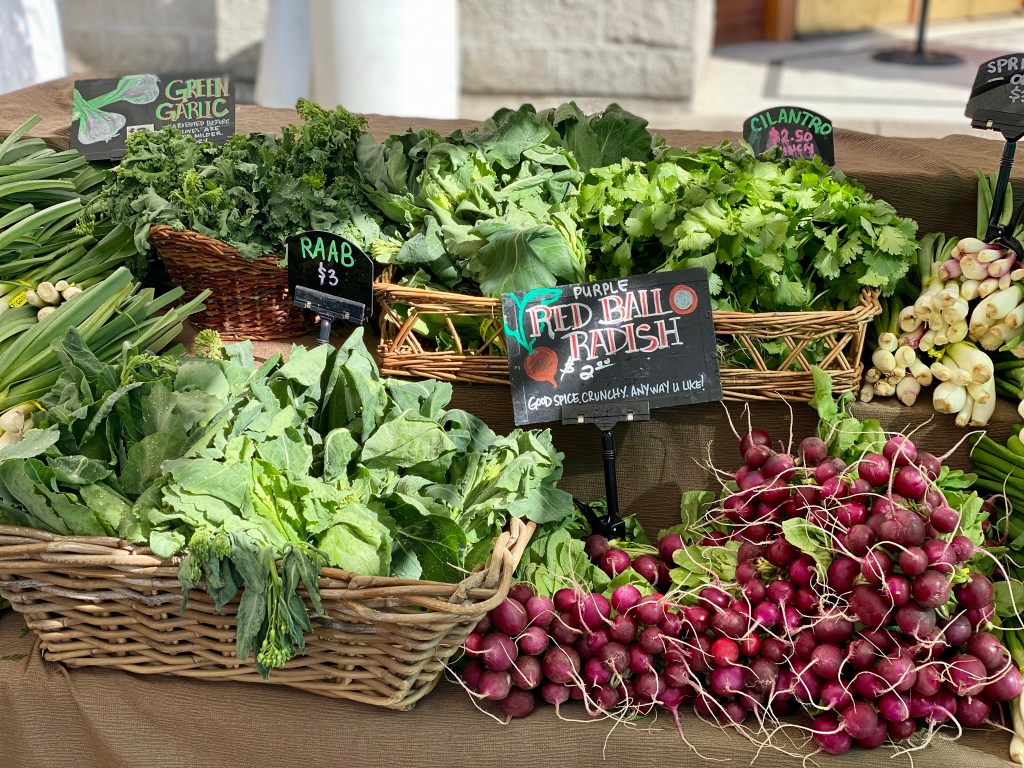
Farmers markets have a way reflecting the culture of the places they are in. Bustling and noisy or tranquil, hippies or white shirts, rural or urban, farmers markets also have a way of improving the health of their communities in so many ways. The market in my area is a really good example of that.
Lane County Farmers Market is straight-up one of the reasons I live where I do. If the circumstances of my life were to require a move, having a robust farmers market would be top-of-the-list relocation criteria.
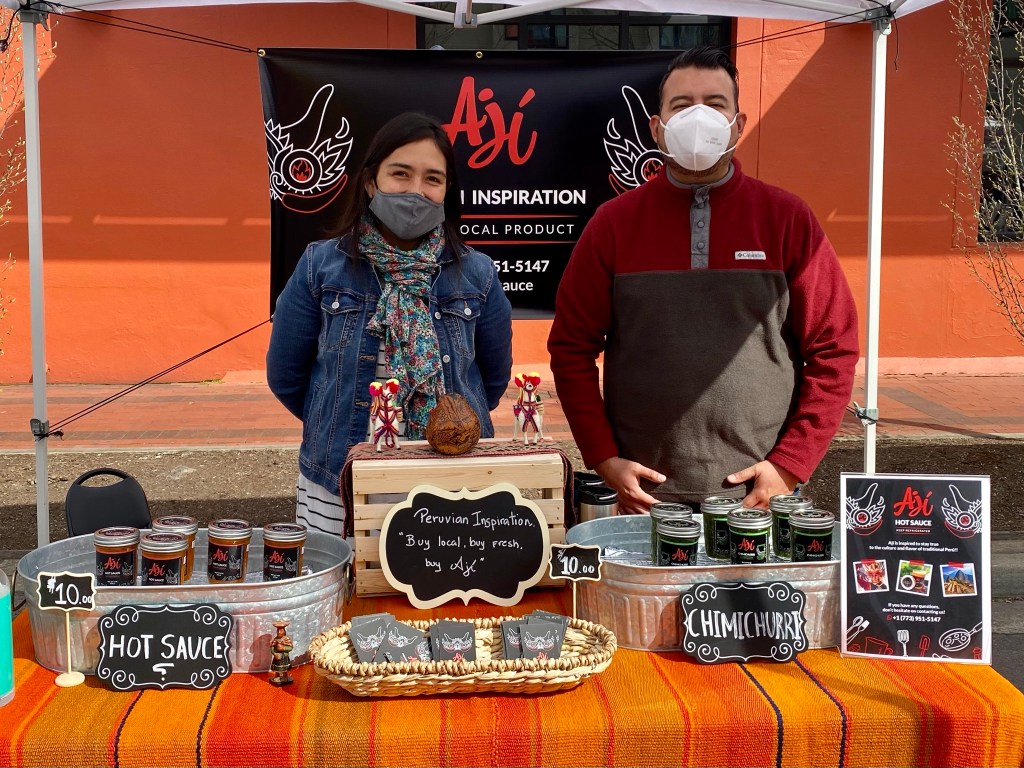
LCFM began in 1915 with 20 producers in the same location as its permanent home today. The market grew to be not just a place to buy fresh, local products, but a community meeting place that drew together people of all walks of life. In 1929, the market expanded and moved to another downtown location. It endured through depression era financial challenges and beyond until 1959 when it closed.
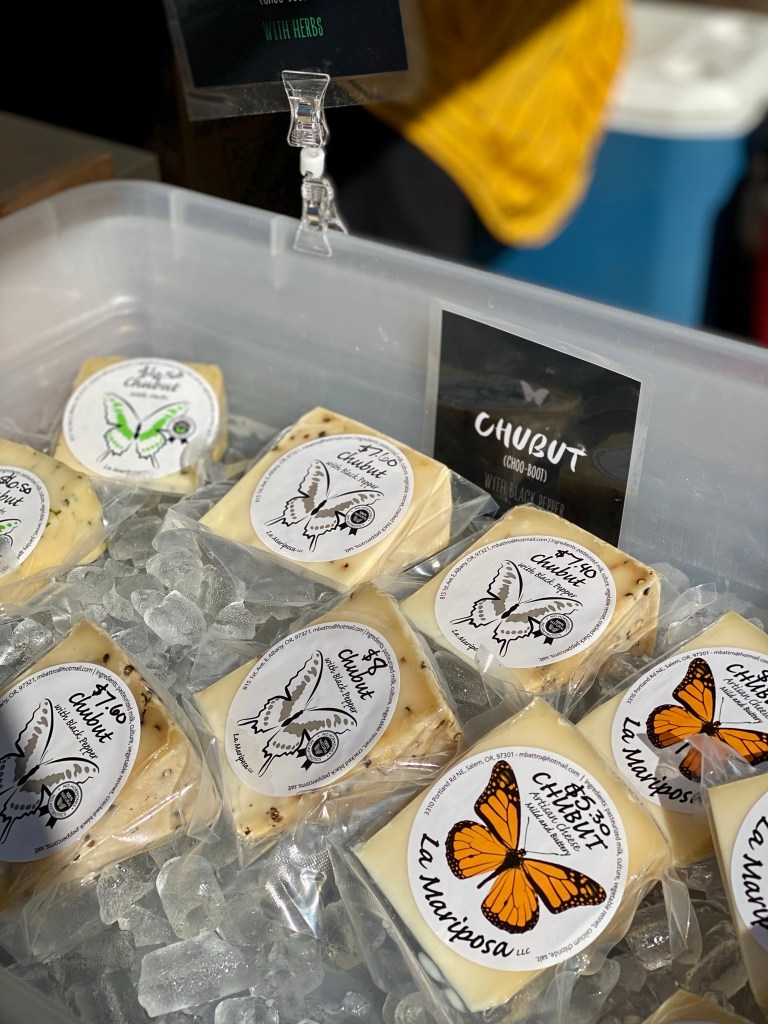
In 1978 the market was brought back to life and returned to its original location. Since then, the farmers market has grown to over 100 vendor-members. For 105 years, this market has been a vital part of the community, and a strong source of income for local farmers and food producers while providing access to healthy, affordable food for consumers in our area.
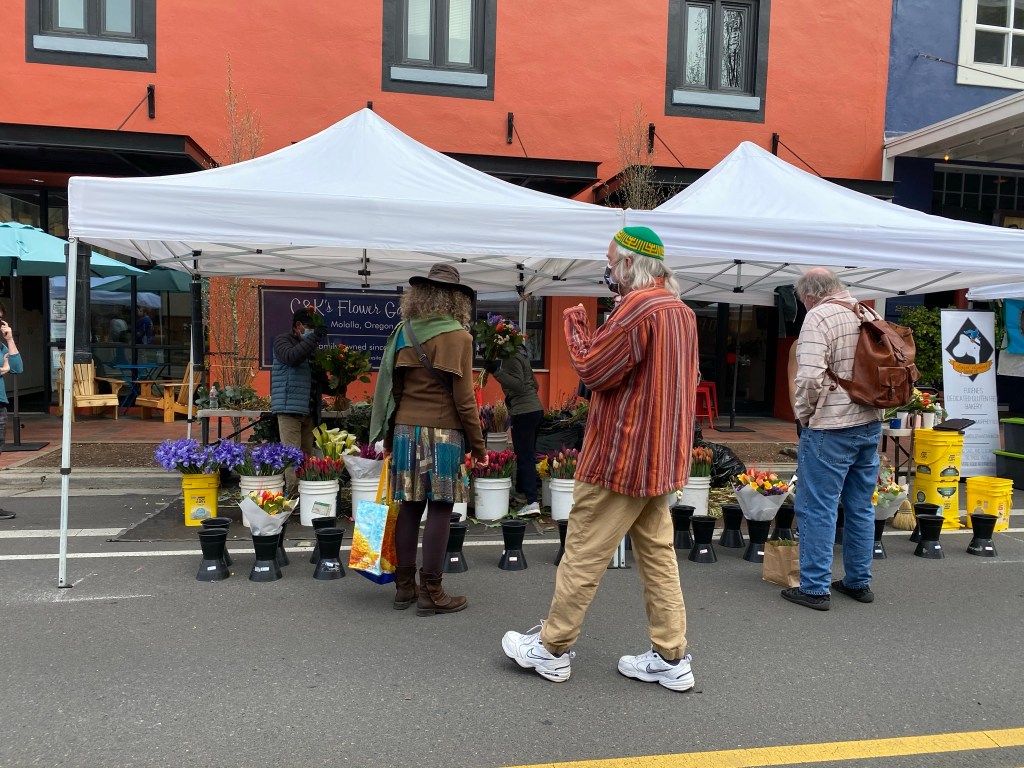
After 43 years in one location, things are a little different this year. To make way for a new Eugene Town Square-- a re-envisioning of our Park Blocks, City Hall, and year-round Farmers Market Pavilion-- this year Lane County Farmers Market will temporarily relocate to 5th Street between High and Oak Streets. Two weeks into the new locale, and things are as lively and operating as smoothly as ever.
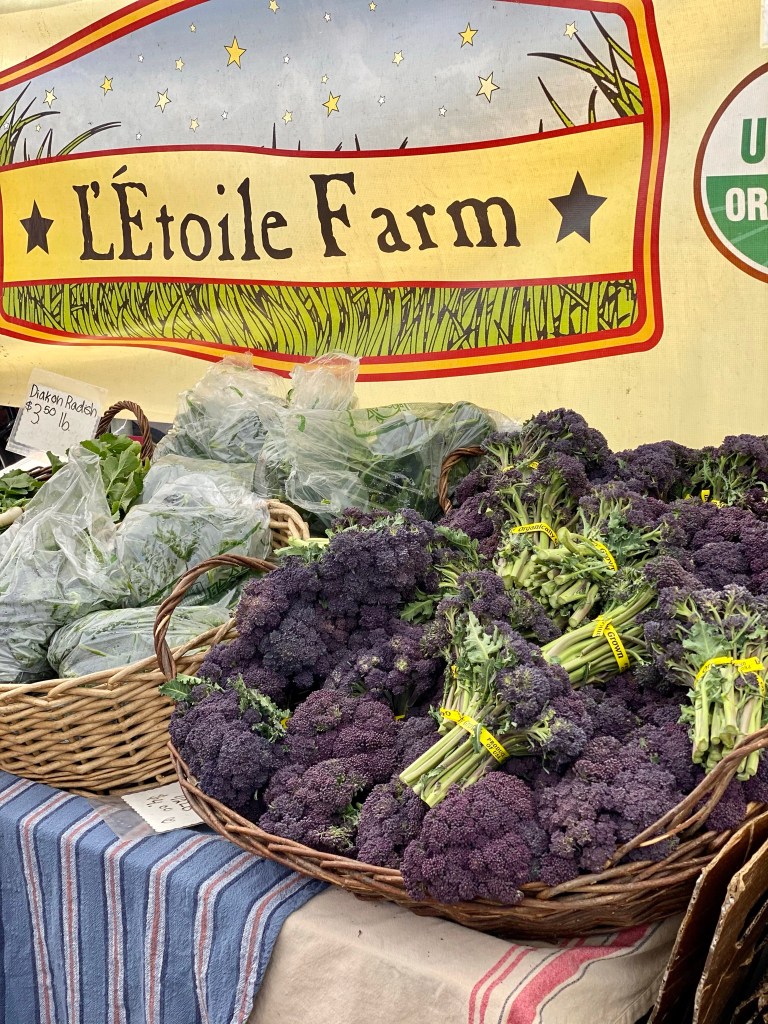
No matter where the market sets up, it is a place where the community gathers not just to purchase farm-fresh produce, locally grown meats, seafood caught 60 miles away as the crow flies, honey, baked goods, and other delicious foodstuff. The market is a place where social and community ties are made, and where our economy is made stronger.
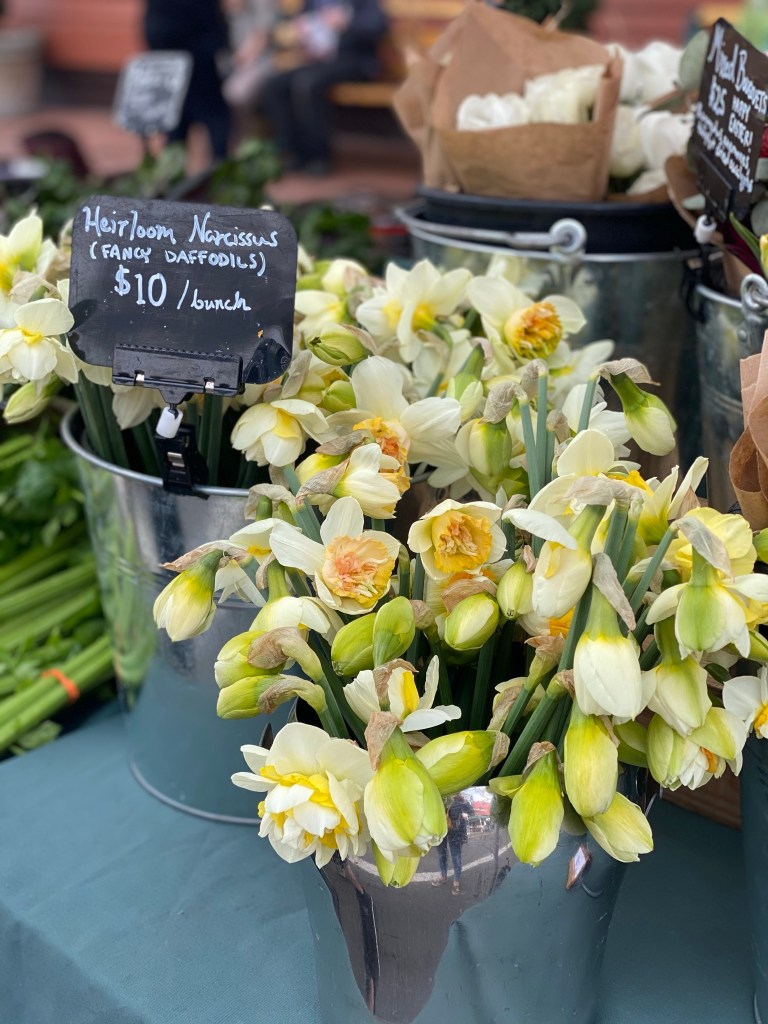
Other farmers markets in Lane County include Veneta Downtown Farmers Market and Spencer Creek Community Growers Market, each with their own unique vibe and attractions.
Additionally, Lane County Farmers Market is part of the Southern Willamette Valley Food Trail.
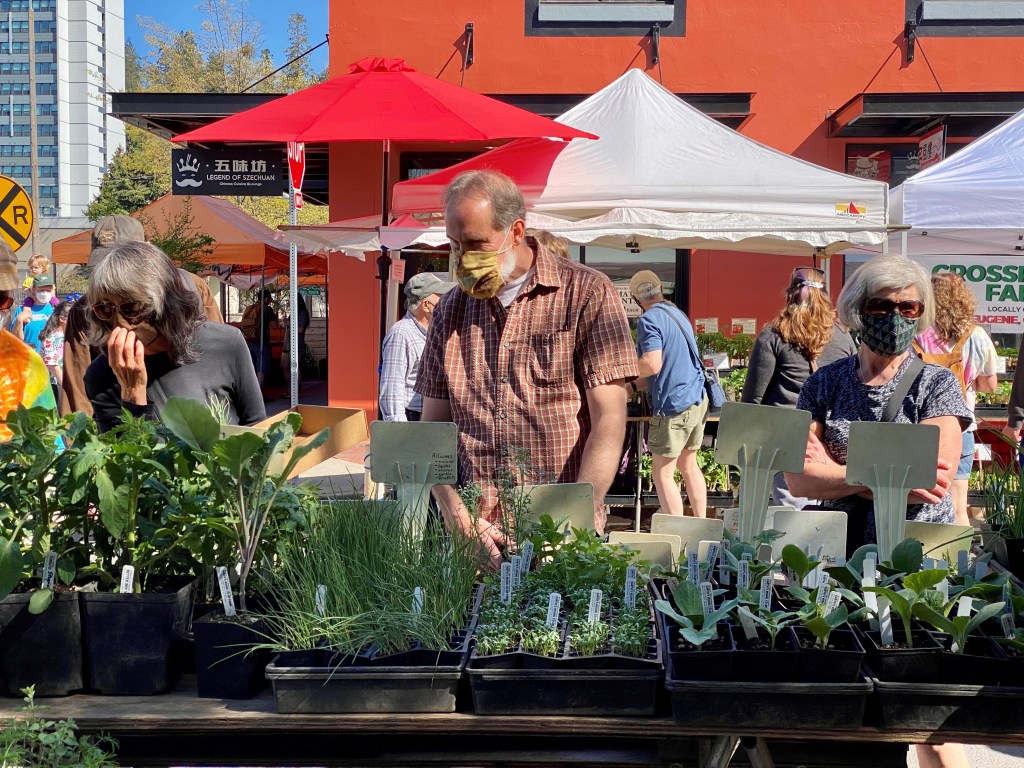
Check out farmers markets near you, or visit one next time you get close. You might just come away with more than a basket of food.
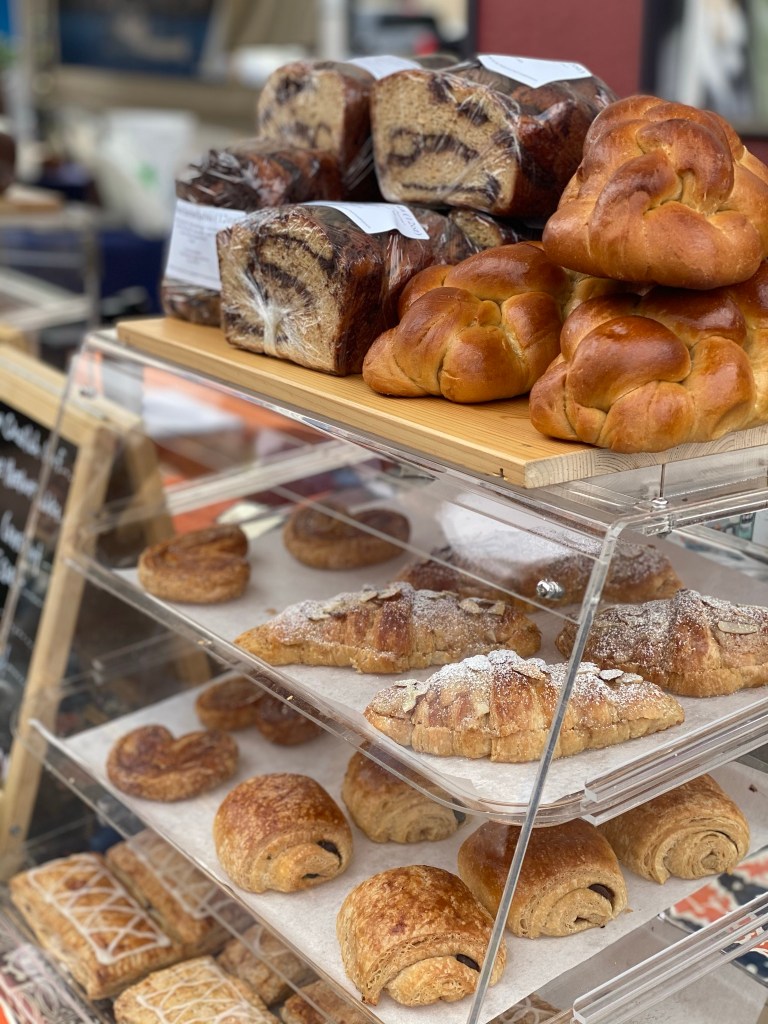
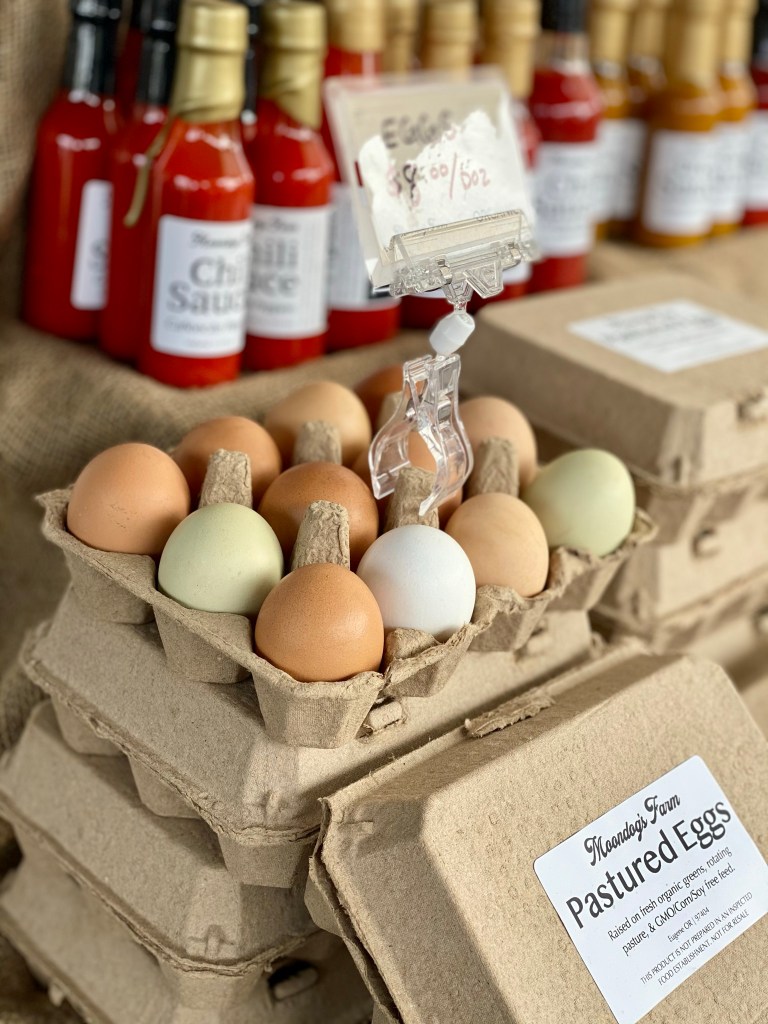
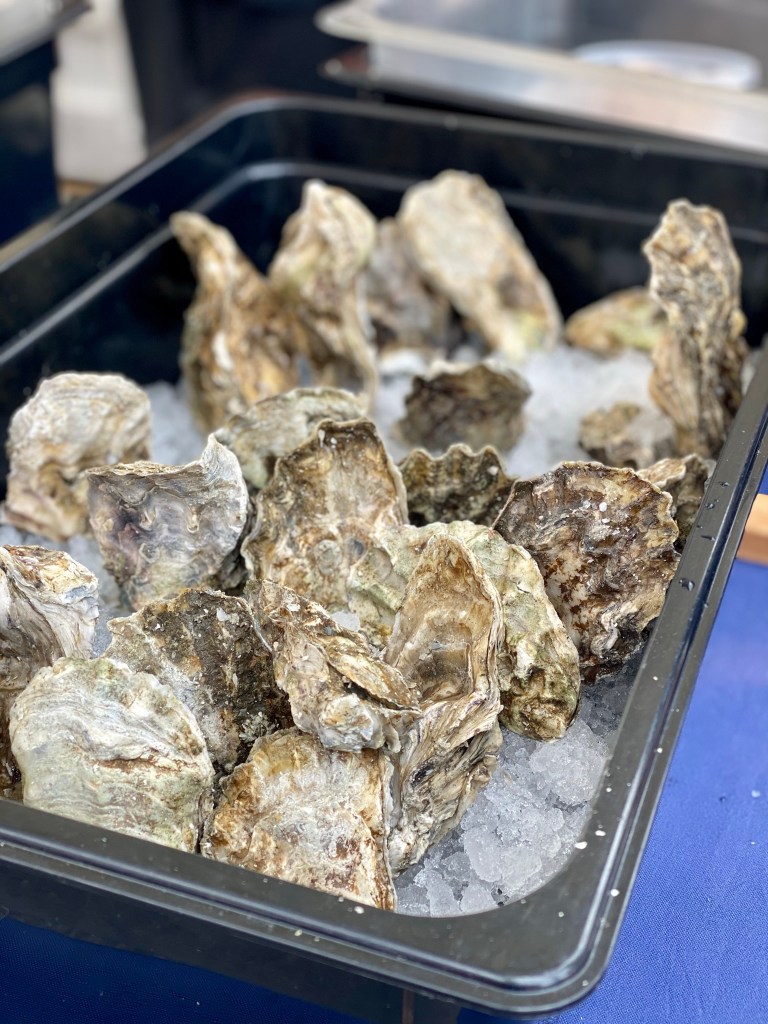
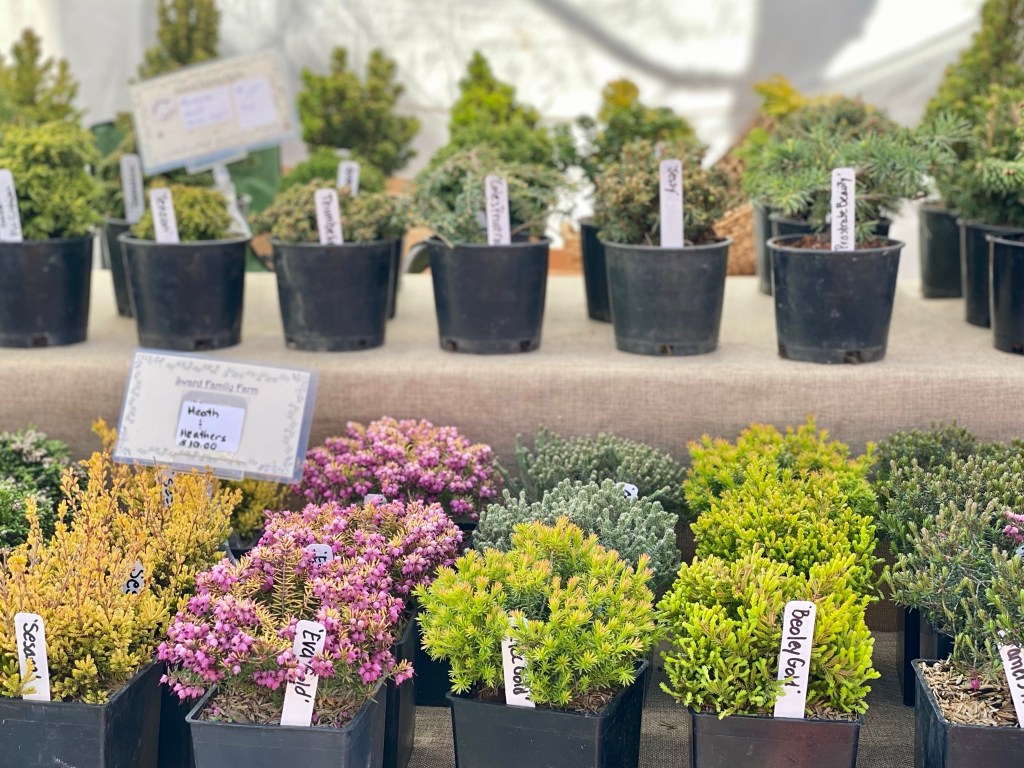
Do you know where the farmers markets in your area are located? Markets across the US are searchable by zip code in the "Find a Farmers Market Near You" links in the footer of this website.
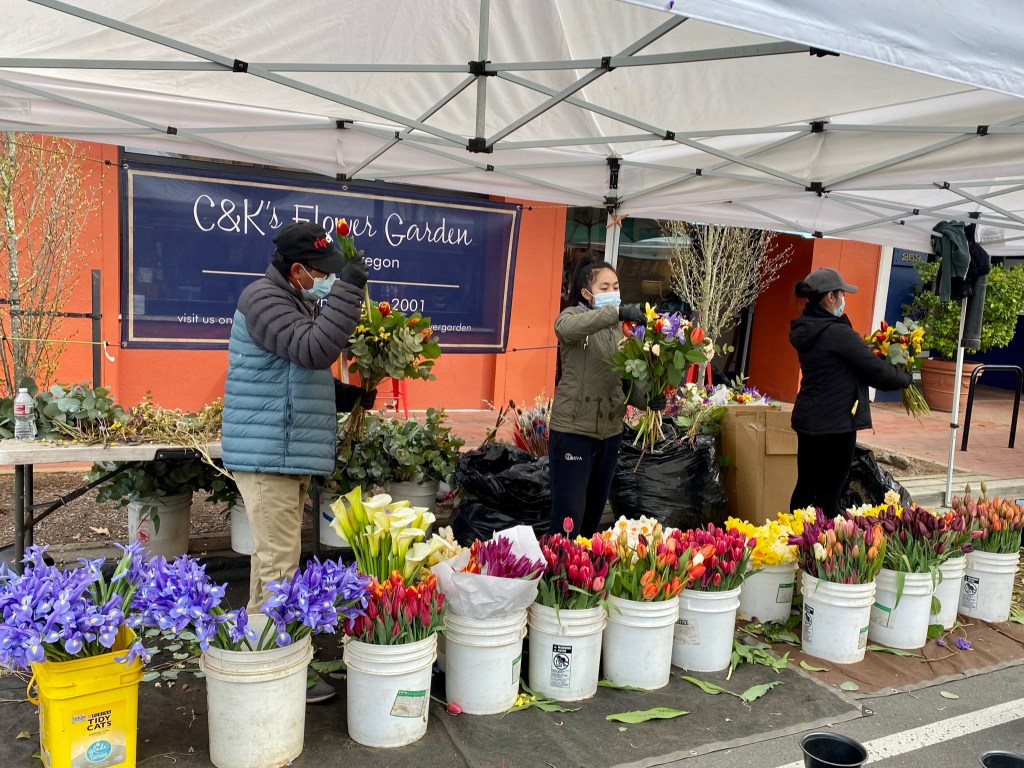
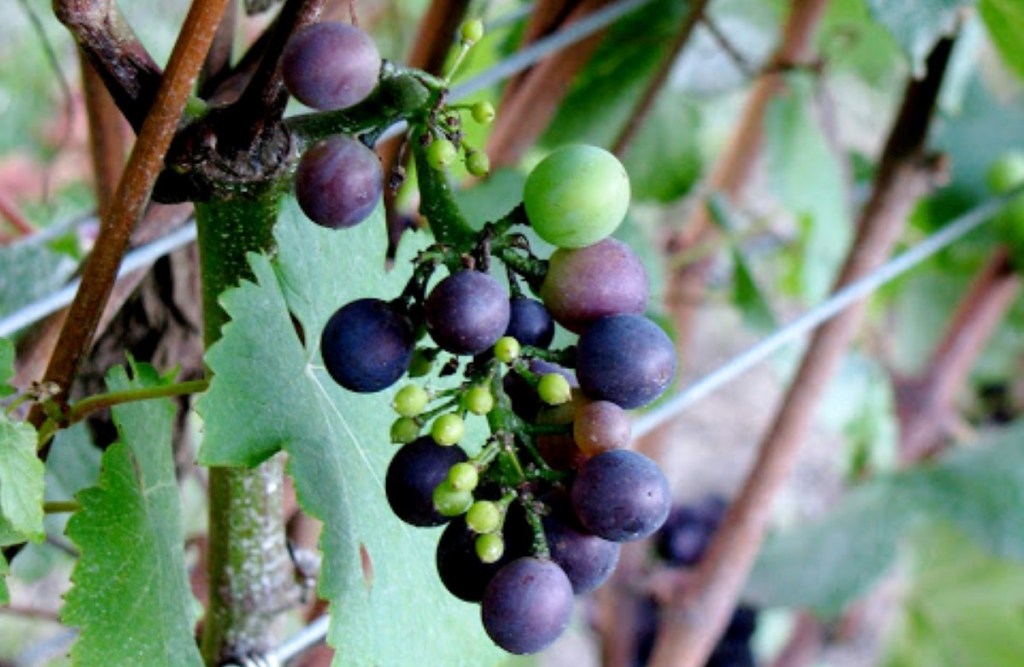
The first drop of ethereal wine poured from a vineyard’s debut vintage embodies years of continual evaluation, determined planning, unfailing toil, and dogged optimism. While Galileo’s conjecture, “wine is nothing more than sunlight held together by water,” makes the enterprise sound like wave-of-the-wand magic, knowledge is at the heart of growing premium wine grapes. The suitability of the vineyard site must be determined, the varietals to plant must be selected, a business plan must be developed, and only then may planting the vines take place. Once planted, the viticulturist must provide astute management and wait patiently for up to four years before harvesting the first grape clusters for wine production.
If it is true that great wine is made in the vineyard, site selection is the primary reason; the single factor that determines the eventual success of a vineyard is the site. Climatic conditions such as growing degree days, winter temperatures, spring frosts, the length of the growing season, the presence of advantageous and problematic micro-climates and amount of precipitation all must be assessed.
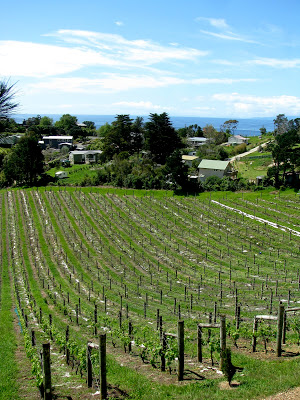
Soils require just as much attention through mapping and type analysis, verification of the lack of presence of pesky nematodes (the worm-like parasites that will rapidly devour the roots of the cherished plants,) and ascertaining that there will be just enough water to nurture the young vine roots, but not so much as to drown them.
Not that the vine grower doesn’t already have enough to think about, she must also consider the degree and direction of the site’s slope to ensure that the sun-loving clusters will receive enough light to produce the superior flavor that wine lovers treasure. Together, these factors help determine overall site suitability as well as which varietal will have the greatest success once planted on it.
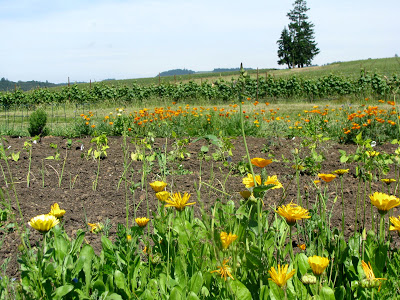
Choosing the varietal, clone, and rootstock for planting becomes the viticulturist’s next challenge of marrying science and art. The selected varietal (Pinot Noir, Chardonnay, Semillon, Cabernet Sauvignon, etc.) should be more than the viticulturist’s favorite, but should be selected to meet the specific attributes of the site identified through the process of site selection. The same is true for the clones, or sub-varietals, which offer different characteristics from disease resistance to aroma and flavor profiles. Rootstock, to which the varietal is grafted, is chosen for its recognized resistance to the site’s known risks for pests, diseases and drought tolerance, greatly amplifying the odds of grape-growing success.
As romantic as it sounds, a vineyard is a commercial endeavor, after all, and requires a solid business plan for success. The viticulturist must ask, “Are more people, or less, projected to drink this particular wine variety in the future? Has the market met its saturation point? Will my product offer consumers something that is not already at their fingertips? How will my wine grapes be unique?”
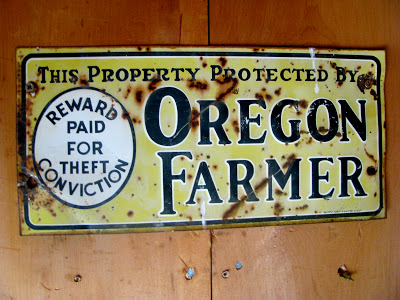
The viticulturist must also understand and accurately project the cost of establishing her vineyard. The costs of land, soil preparation, rootstock, irrigation, trellising, and labor must all be factored. If it is determined that a need for financing exists, she must also understand the criteria for obtaining commercial or government financing and comply with that criteria.
A lot of effort has already gone into the vineyard venture, and only at this point is the viticulturist ready to plant the vines. Consideration now must be paid to the row direction and vine spacing. Rows are oriented to capitalize on the direction of the suns rays during ripening season; to make the most of available air flow to minimize molds and diseases; and if harvesting is to be mechanically aided, to ensure tractor safety.
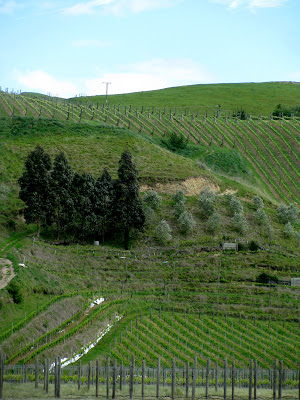
How vigorous the selected varietal and rootstock is, with low vigor generally producing the optimal wine grapes, determines how closely together the vines are planted. Some varietals in some conditions prefer the stress of being planted close to their neighbors; some don’t. The final test of whether the viticulturist has conducted a complete due diligence may perhaps lay in her vine spacing decisions.
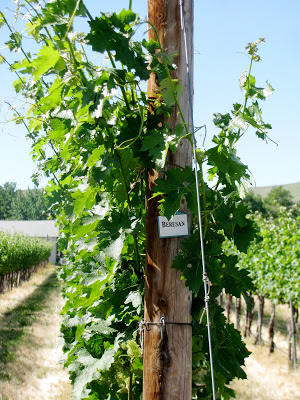
With the vines firmly ensconced in their permanent home, it is now up to the viticulturist to manage them with the care a parent gives her child. The young vines will grow perfect juice-producing clusters if their leafy canopy allows enough sunlight to kiss them. The vines will stay healthy with careful watching for and early treatment of pests and diseases. Nutrients added in the form of crop rows will provide no more and no less food than what the maturing vines require.
Eventually, with up to four years of breath-holding and constant nurture, the grapes make their way into wine. Wine which, with optimism equal to that that went into its grapey raw material, elicits sighs of, “Aaaah. Sunlight… captured in water.”